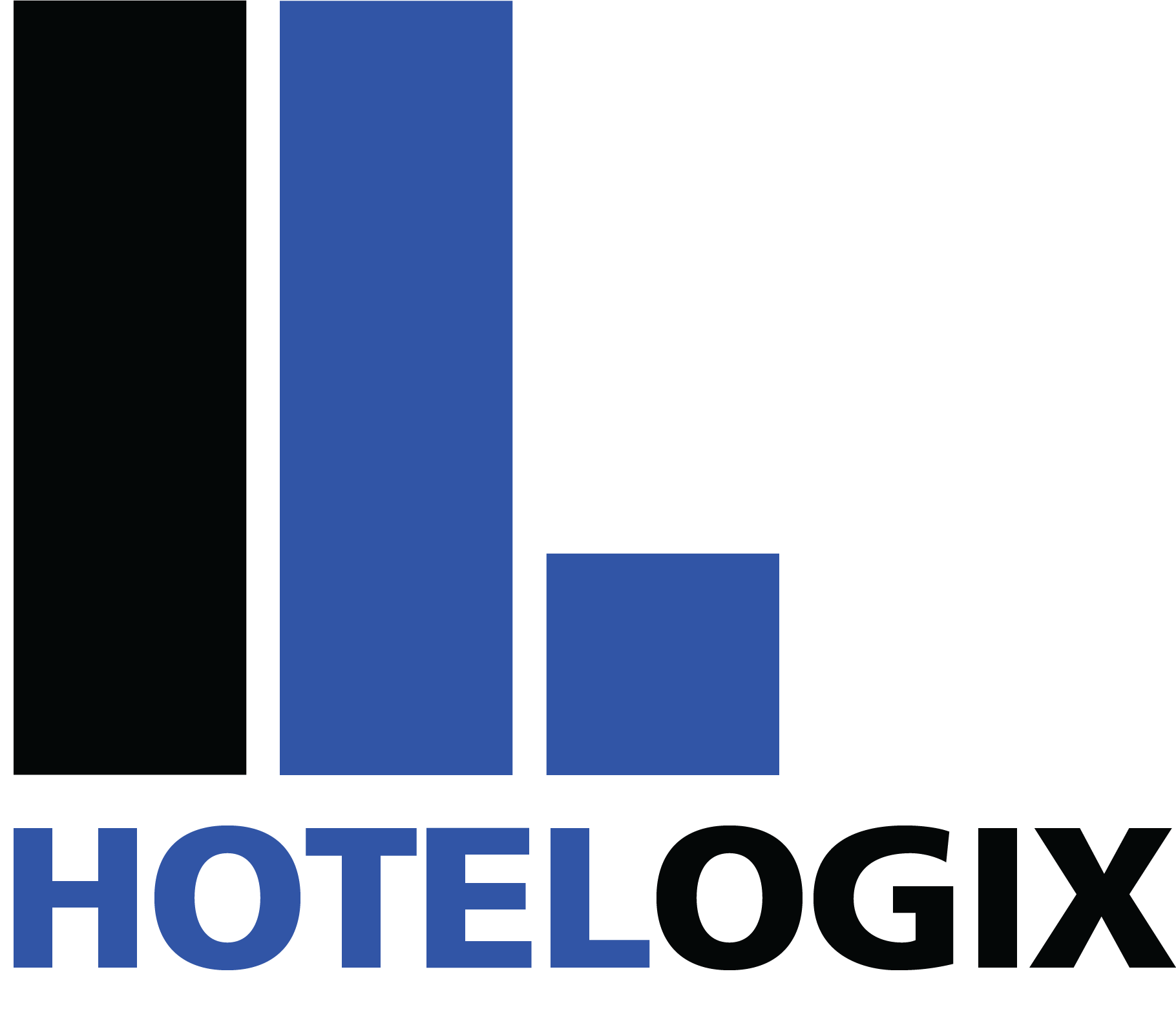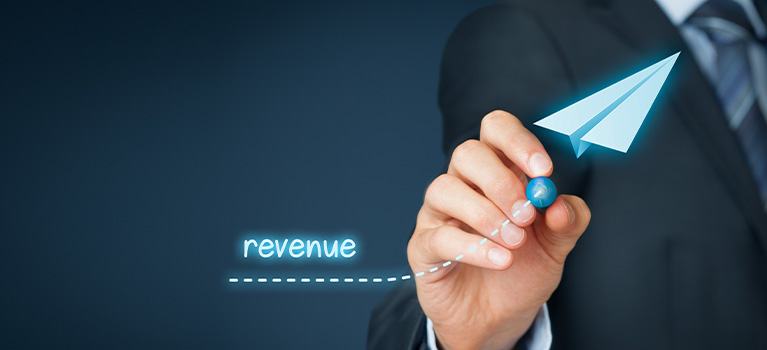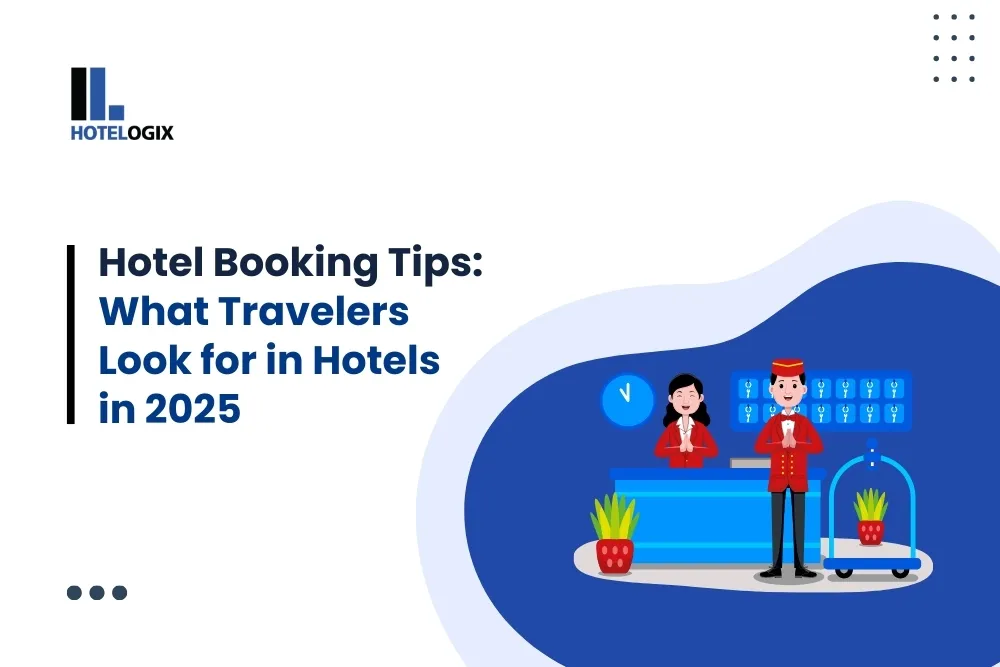Revenue management is the most critical aspect of running a profitable hotel business. Using the data available hoteliers can find ways to analyse solutions to what may seem like complicated problems. Smart revenue management also provides new opportunities to turn your business into a profit.
The most successful hoteliers are savvy operators who continually look for ways to learn and improve the way they do things, gaining an edge over the competition. But only a small percentage of independent hoteliers use revenue management strategies and thus limit their revenue-generating potential.
Read on to learn the strategies that will help you realise optimal revenues and profit for capacity-constrained and perishable assets (rooms, in this case).
How to increase hotel revenue
Many strategies come into play when driving more revenue to your hotel, and many of them don’t involve raising prices or playing with your rates much at all.
Not least of these is satisfying your customer. If the product you offer is universally recognised as quality, you have the grounding to charge a higher price.
If guests feel like they are getting maximum value for their money, it’s very likely they’ll be willing to spend more. Getting more out of each individual guest who stays with you is a great way to increase the overall revenue of your hotel. For instance, guaranteed revenue from a guest you convince to stay an extra night by discounting the additional night might be worth your while, especially in low season.
Here’s a list of general tactics you can use to improve your hotel’s revenue stream:
- Be bookable online: These days travellers enjoy the flexibility, convenience, and value of booking online. By connecting to online travel agents/more online travel agents you’ll easily see an uplift.
- Build a revenue culture: Who’s on your revenue team? Everyone! Anticipatory service + proactive revenue-minded employee = emotionally connected customer with engaged loyalty and higher revenue returns.
- Sell other hotel products: Revenue opportunities extend far beyond simply selling your rooms. Think about the amenities you have on site and what you are charging for them, and go even further by offering hotel guests the chance to purchase items like soap, utensils, towels etc – especially if your hotel has a unique sense of style.
- Leverage events and attractions: Local events and attractions are a great opportunity to put together packages for guests or offer additional services such as transport. The benefits are two-fold – guests will enjoy their stay more and your hotel will generate more income.
As you move away from tactics and towards fully fledged strategies around your revenue and room sales, you need to start understanding your key performance indicators (KPIs). Once you know what you should be looking at you can start analysing the data and developing ways to manipulate them in your favour.
As an introduction, these are the metrics you can explore:
- Occupancy rate
- ADR (Average daily rate)
- RevPAR (Revenue per available room)
- TrevPAR (RevPAR + ancillaries)
- GOPPAR (Gross operating profit per available room)
- RevPASH (Revenue per available seat hour) – useful if you have a hotel restaurant
The principle that you should always keep in mind is to assess market conditions in real-time and adapt accordingly.
Revenue management strategies
What is dynamic pricing?
Dynamic pricing involves changing room rates daily or even within the day based on real-time market data. Taking supply and demand into account, prices should fluctuate regularly if you want to maximise revenue. This pricing option is well suited in today’s market and is one many hoteliers opt to use.
Dynamic pricing examples
Put simply, there will be days where supply and demand will be very different depending on the time of day. In the morning you may have lower rates because your occupancy is low, as is demand. However by that evening supply may have reduced and demand grown.
Many factors can drive this, such as competitors putting up their no vacancy signs or setting rates slightly too high, or travellers arriving late for events the next day and so on. You can raise your rates to take advantage of the shifting market and earn more revenue than if you’d kept your rates static.
What is open pricing?
Open pricing defines the flexibility hotels around the globe have to set their prices at different levels depending on the various target markets and distribution channels they deal with.
This luxury of choice allows hotels to forecast more accurately. For example, a high-end hotel may usually attract guests with no budget constraints but in the off-season bookings will drop and the hotel can drop rates to attract travellers who normally would not be able to afford the stay. While the average daily rate of the hotel will be lower, occupancy will remain steady and revenue will continue to turnover.
Other hotel pricing strategies
There are numerous pricing strategies you can use at your hotel as part of your broader revenue management strategy, many of them in conjunction. Here’s a list of the most common pricing strategies your hotel might find useful:
- Value-added pricing: You can set your room rates higher than the local competition while also offering more extras in the basic package. This gives the illusion that the hotel offers a premium experience that focuses on value rather than just low rates.
- Discount pricing: Used in slow seasons to boost occupancy by dropping base rates. Revenue can be made up through other services in the hotel.
- Price per segment: Offering the same product at different prices to different types of customers. E.g ‘family rate’
- Length of stay: When demand outweighs supply, it can help to implement a rule where guests are ‘obligated’ to stay a minimum number of days. In such cases, lower rates may not be necessary.
- Positional pricing: Basing your rates off brand strength and reputation.
- Penetration pricing: Positioning yourself as the cheapest in the market. Be mindful of how travellers will perceive your hotel – you need to retain the opportunity to sell at higher rates.
- Skimming: Positioning your hotel among the most expensive. Price leaders often achieve among the highest profitability, however the consumers need to clearly understand the reasons that they would pay more for staying at your hotel.





